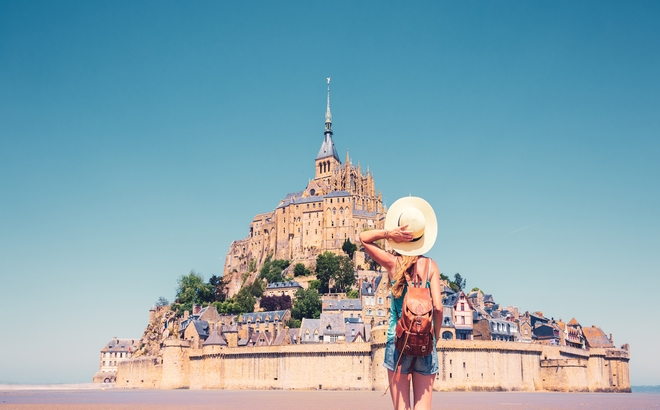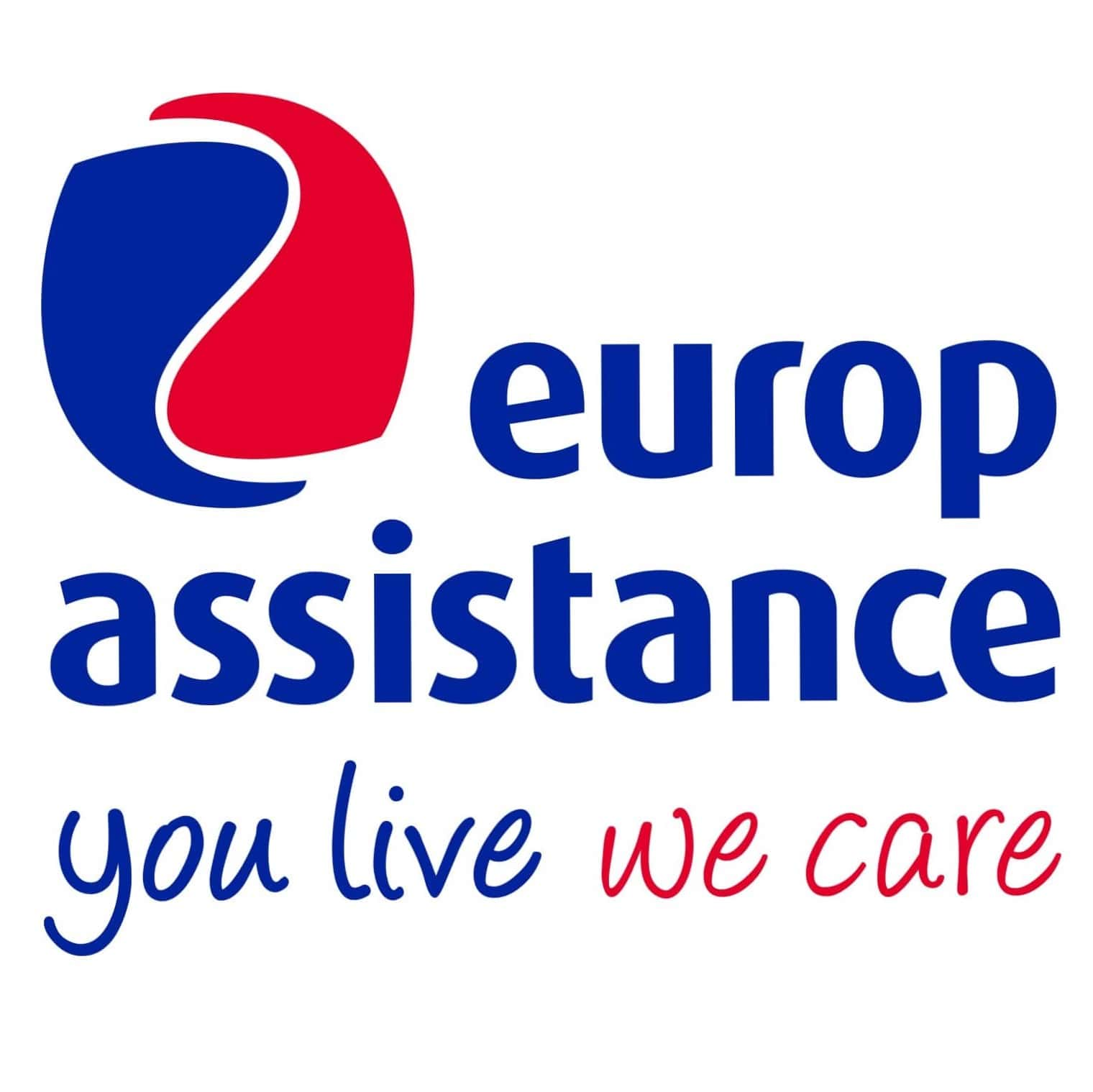Trip to Normandy: D-Day Beaches, Mont St Michel, Etretat

Between land and sea, Normandy is a region of contrasts. Here, history is etched into the beaches, poetry clings to the cliffs, and the good life is savored with a slice of aged camembert. It’s a destination that’s moving, vibrant, and deeply soothing. From the D-Day beaches to Mont-Saint-Michel, via artists’ villages, explore everything this unique region has to offer.
Why is Normandy so famous?
Normandy is world-renowned for the D-Day beaches, which played a pivotal role in 1944. It also captivates visitors with its diverse landscapes — dramatic cliffs, peaceful hedgerows, charming villages, and iconic sites like Mont-Saint-Michel — not to mention its hearty cuisine featuring camembert cheese, craft cider, and freshly caught seafood.
What is the most beautiful town in Normandy?
It’s hard to pick just one — Normandy is full of gems! That said, Honfleur is often considered one of the most beautiful thanks to its romantic ambiance and ever-changing light.
What to do in Normandy?
Mont-Saint-Michel
A UNESCO World Heritage Site, Mont-Saint-Michel is a masterpiece of medieval architecture perched on a rocky islet. Its bay, home to Europe’s highest tides, offers a fascinating natural spectacle.
Rouen
A city of art and history, Rouen reveals its treasures along cobbled streets: Notre-Dame Cathedral, the Gros-Horloge (a giant golden medieval clock), the Old Market Square... This is also where Joan of Arc was tried and executed in 1431.
The Bayeux Tapestry
This nearly 70-meter-long embroidered masterpiece tells the story of William the Conqueror’s conquest of England. A rare 11th-century artifact, it’s housed in the Bayeux Tapestry Museum.
Deauville
Elegant and refined, Deauville enchants with its beach lined with Art Deco bathing huts, its casino, racetrack, and prestigious American film festival. A timelessly chic seaside resort.
Étretat
With its spectacular sea-sculpted cliffs, Étretat offers breathtaking scenery. Must-sees: the natural arch and needle rock that inspired painters and writers alike.
Honfleur
Once a fishing port, now a hub of Impressionist art, Honfleur delights with its slate-roofed houses and vibrant galleries. A sunset stroll along the docks is pure magic.
Claude Monet’s House in Giverny
In Giverny, step into Claude Monet’s poetic world. His house, blooming gardens, and iconic water lily pond feel like stepping into one of his paintings. A colorful, serene retreat.
The D-Day Beaches
Omaha, Utah, Juno, Gold, and Sword — these historic beaches honor the bravery of the Allied forces on June 6, 1944, and the crucial role Normandy played in World War II.
The American Cemetery
Overlooking Omaha Beach, more than 9,000 white crosses pay tribute to the soldiers who fell during the landings. A must-visit site to understand the scale of the sacrifice and the importance of remembrance.
The Pays d’Auge
This quintessential Norman region is dotted with half-timbered villages, apple orchards, and cheese farms. It’s a delicious and authentic stop to discover Normandy’s countryside at its best.
Practical travel tips for visiting Normandy
When is the best time to visit Normandy?
The best time to visit is from May to September, when the weather is mild and the light is beautiful. Spring is perfect for gardens, summer for the beaches, and autumn for pastoral landscapes.
How to get around Normandy?
A car is the most practical way to explore Normandy at your own pace, especially if you want to reach small villages, coastal spots, and rural areas. For day trips, cycling is a great alternative to immerse yourself in nature and scenery.
Visiting Normandy from Paris
If you’re starting from Paris, there are several options for discovering Normandy. Trains provide fast access to cities like Rouen, Caen, Bayeux, or Deauville — great for day trips or short stays. However, for a deeper experience and more flexibility, driving is ideal.
Note: Several guided tours depart from Paris and offer themed trips, especially focused on the D-Day landings, for a rich and immersive experience.
How long should you stay in Normandy?
3 to 5 days is enough to see major highlights like Mont-Saint-Michel, the D-Day beaches, Rouen, and Honfleur, while enjoying the scenery. For a full immersion, plan a week or more.
What visa do you need to travel to France?
EU citizens can travel freely in France with a valid ID or passport. Non-EU citizens may need a Schengen visa depending on their country of origin.
Need a Schengen visa? Check with the nearest French consulate for the application process.
Don’t need a visa? You can travel freely with a passport issued in the last 10 years and valid for at least three months beyond your departure date. Starting in November 2025, you'll also need to apply for an ETIAS travel authorization.
What travel insurance do you need for a Normandy trip?
Choose reliable travel insurance when applying for your visa or entering the Schengen Area. Europ Assistance’s Schengen visa insurance is recognized and accepted by all Schengen embassies and consulates. It offers coverage up to €60,000 for medical expenses and accidents, along with other valuable benefits. Discover more here.
Normandy or Brittany: can’t decide?
It’s hard to choose — both regions are incredibly charming. Normandy offers rich history, lush green scenery, and half-timbered architecture. Brittany is wilder, with dramatic coastlines, Celtic traditions, and strong regional identity. The ideal solution? Visit both!
